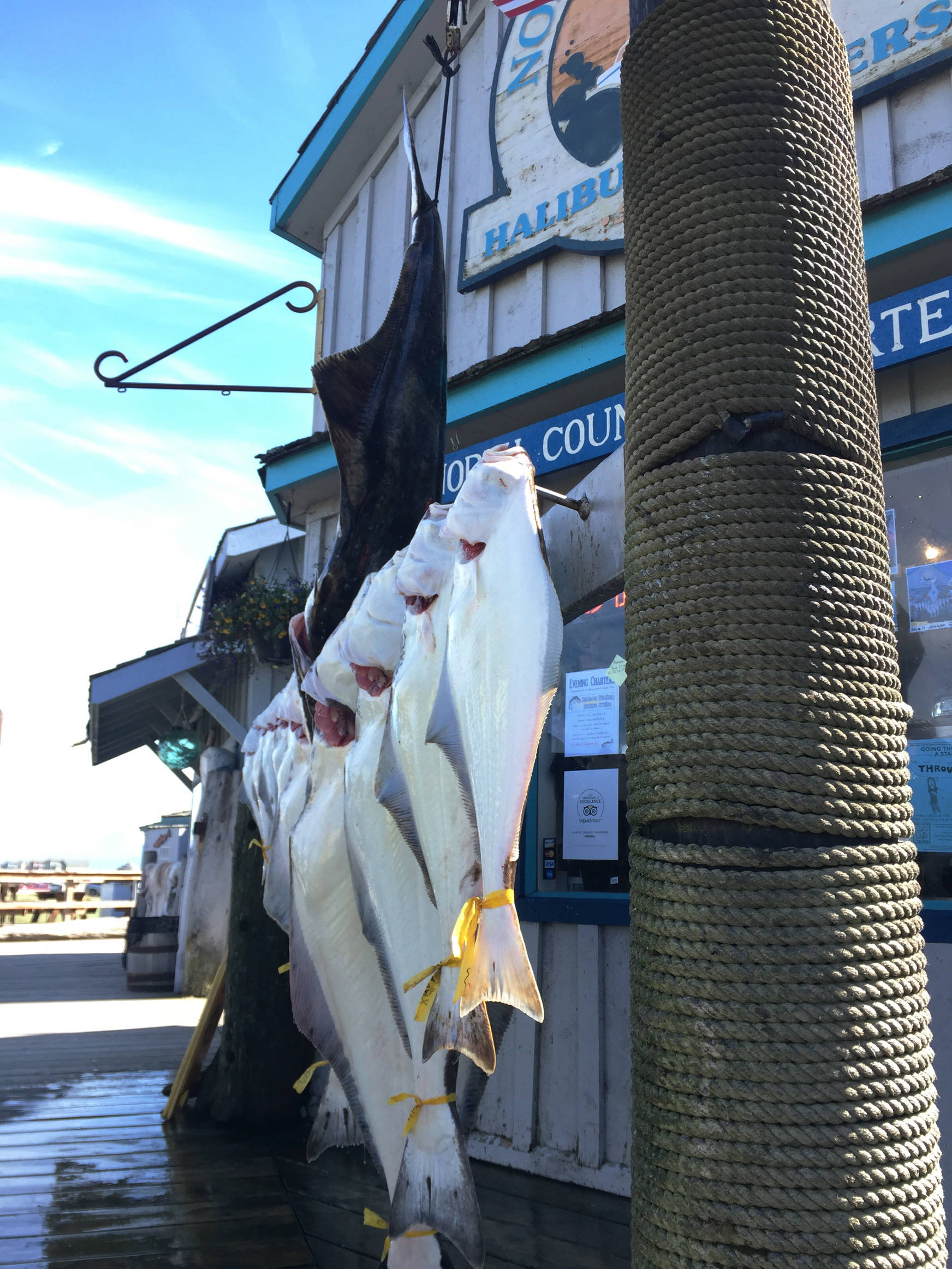Halibut fishermen may see a reduction in the total amount of fish they’re allowed to catch in 2018.
Data presented to the International Pacific Halibut Commission at its meeting in Portland in November showed low recruitment rates among young Pacific halibut populations from 2005–2016 compared with the previous decade or so. With increasing pressure on stocks among commercial, subsistence and sportfishermen, the commission may institute a recommended 24 percent drop in the annual halibut quota for fisheries throughout the Pacific from the Arctic to southern California.
In regulatory areas 3A and 2C, which cover the waters of Cook Inlet and the Gulf of Alaska between Kodiak and the southern tip of the Alaska Panhandle, fishermen of all types landed more than 20.8 million pounds of halibut in 2017, according to a report included in the International Pacific Halibut Commission meeting documents. The two areas account for nearly half of the total 42.4 million pounds brought in across all regulatory areas, according to the report. That’s up slightly from the previous year, when an estimated 41.8 million pounds of halibut were killed.
Halibut are a long-lived groundfish species that depend on a healthy numbers of spawning fish over multiple years and young fish survival to sustain a population. For various reasons, some clearer than others, the Pacific halibut population in Southcentral Alaska has begun to decline in recent years, leading to more restrictions for fishermen.
Read the full story by the Peninsula Clarion by clicking here.



